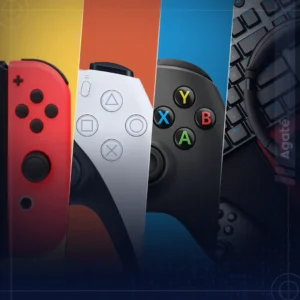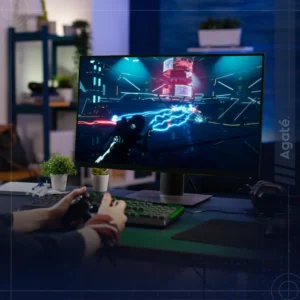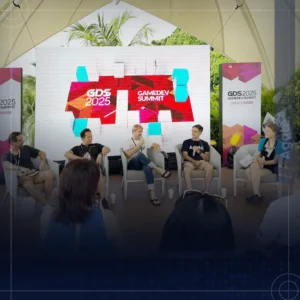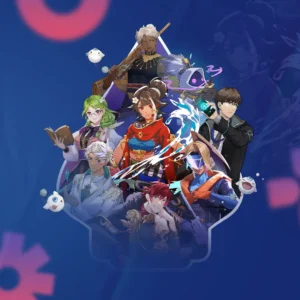What Tools Do Game Designers Utilize?
Game Engine
Unity
This game engine might have been the most popular game engine for most game development that popular for making a game, but it is also one of the essential tools that will help the game designer build an early prototype. Also, this tool could cover both 2D and 3D games easily. But you need some programming skills or a programmer to use this tool.
Unreal
This tool has powerful visual scripting, which is easy to understand for designers. Its level design tools are more convenient since we can edit the mesh directly in-engine by default. Plus, it has blueprints, better than Unity prefabs, with their parent-and-child system. Managing data for game designers and narrative designers alike is also helped by Unreal’s user-friendly data tables instead of filling data in a JSON (for example).
Game Design & Balancing
Machinations.io
What are a few things more difficult for a designer than balancing their game when seeing all the numbers they put in without knowing how they will go at the end? Machination can do much more. It will show you the estimation and the probability of the balance, but you could also track and simulate every number of the game from the start to the end and find the result within seconds.
Design & Creativity
Adobe Inc. (XD, PS, etc.)
Some people might think that most Adobe products are for artists and people who deal with the visuals of the product. However, Adobe products help a designer give a visual for our idea to everybody in the team and give us more leeway to express our minds and ideas. The versatility of the Adobe product gives us more flexibility to show others the visuals of prototypes, wireframe making, and early design for UX/UI worth the subscription price.
Data Analysis
MS Excel
MS Excel stands out for its simplicity and effectiveness as a spreadsheet tool. It offers designers an accessible database and analysis tool that can be used for a lot of things and create estimations and calculations, even complex ones. In addition, a spreadsheet can be easily accessed from any browser anytime and anywhere. This tool is also an excellent tool for team projects.
Brainstorming & Documentation
Notion
Notion is a great working and documentation app with multiple tools and features that are already built into it. With these tools, most basic management and database work related can be done quickly and easily. Additionally, a multi-layer page within the notion could make documentation more manageable and easy to find.
Miro
Create a collaborated and centralized communication with pre-built templates or start from a clean slate. Miro provides design tools for brainstorming, diagram creation, or project management. It is easy to edit, has a vast working space for ideation and collaboration work, and puts all our ideas into something we can read. As a bonus, you could present your work in a slide show for better presentation.
What Skill Does A Designer Needs?
A designer is responsible for coherent & effective product design (particularly on mechanics, features, and levels). They must have relevant knowledge of the design process to ensure it fits the user’s desired aesthetics and is technically feasible. What are the skills needed for a designer to achieve those goals?
- Effective Collaborator
As a game designer, you work towards a desirable goal. By collaboration, designers can work effectively to produce the best game design. - Excellent Communication Skills and Teamwork
Game designers work as part of a team. Communication is essential for designers to deliver their ideas to all team members. - Highly Versatile in Problem-Solving Skills
Designers meet problems daily. Hence, to deliver the best experience to the user, a designer needs to be versatile so they can tackle those problems. - Proficient with Game Design, UX/UI, and User/Audience Research
A game designer must be proficient in a broad aspect of game development, such as game design, user experience, user interface, and also with their users. - Planning and Documentation Skills
To keep track of what designers do, documentation is an essential skill designers need to have. Designers also need to be able to manage and plan two to three steps further.
Ready to be the next game designer with us? Check out our Designers role that is currently available down below!







